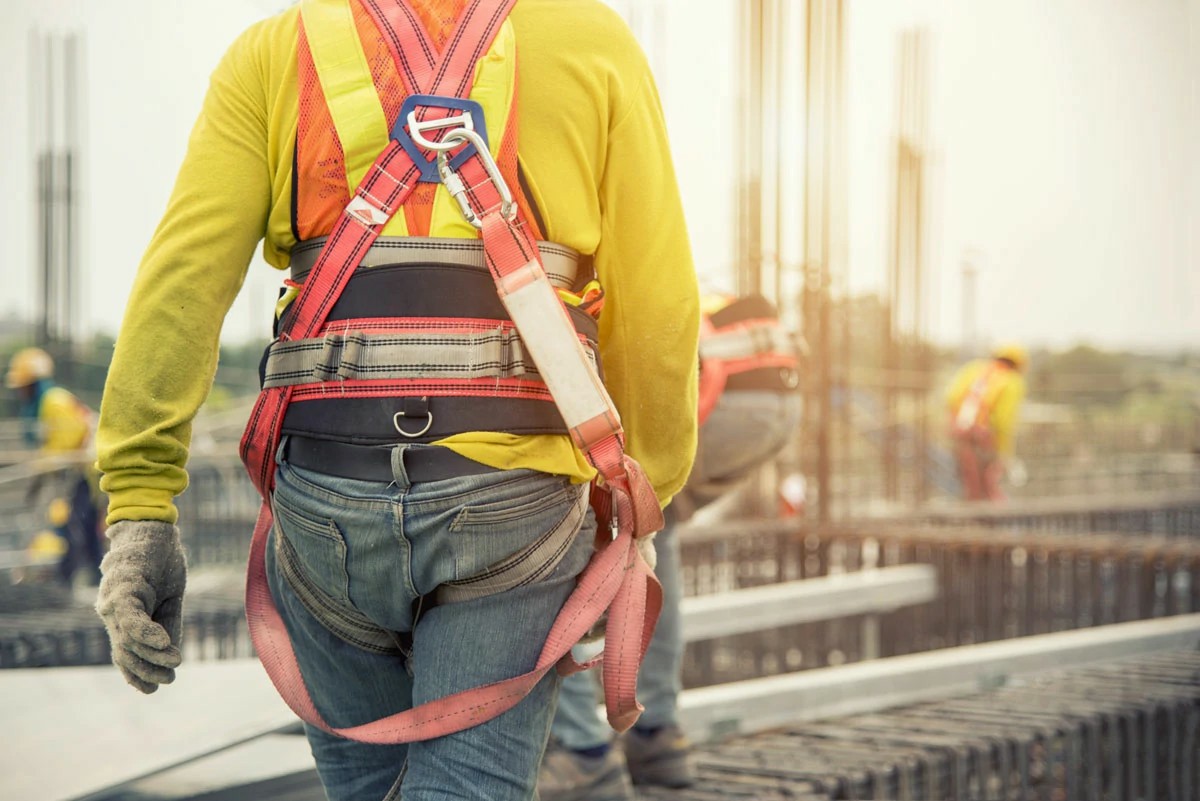


 349,500 Offered Certificates
349,500 Offered Certificates
 24/7 Online Training
24/7 Online Training
 Money Back Guarantee
Money Back Guarantee
 Fully Accredited Courses
Fully Accredited Courses

Created at: 22-02-2025 16:20
Working at heights is an essential aspect of many industries, from construction to maintenance. However, it also poses significant risks. Unfortunately, many workers make common mistakes that can lead to severe injuries or even fatalities. Understanding these mistakes and undertaking Working at Heights Training can drastically improve workplace safety and reduce the likelihood of accidents.
The very nature of working at heights comes with inherent dangers. According to safety statistics, falls are one of the leading causes of workplace injuries. When workers are not properly trained or equipped, they are more likely to make critical mistakes that can compromise their safety and that of their colleagues. Below, we explore some of the most frequent errors made when working at heights.
One of the most critical pieces of equipment for those working at heights is the safety harness. A common mistake is wearing a harness incorrectly or not at all. For instance, workers may forget to attach their harness to an anchor point or fail to adjust the straps correctly. This oversight can lead to significant injuries during a fall.
To avoid this mistake, proper Working at Heights Certification programs teach workers how to choose the right harness, wear it securely, and ensure it’s correctly attached to the appropriate fall protection system.
Another prevalent issue is the failure to conduct adequate risk assessments before starting work at heights. Workers often underestimate the potential dangers involved or overlook crucial environmental factors such as weather conditions, equipment stability, and the presence of nearby hazards. This oversight can put them in precarious situations without a plan for response.
Comprehensive risk assessments are a central component of any Working at Heights Safety Course. Trainers emphasize the importance of identifying risks and implementing control measures to mitigate them, allowing workers to perform their tasks safely.
When working at heights, securing tools and equipment is vital. Workers may mistakenly leave tools unsecured while working, leading to accidental drops that can injure those below. For example, an unsecured wrench falling from a height can cause severe injuries or even death to individuals working on the ground.
Training programs stress the necessity of using tool lanyards and securing tools with appropriate rigging techniques to prevent accidents. Proper Working at Heights Certification Dublin includes hands-on training that focuses on equipment safety.
Despite the availability of safety protocols, many workers do not follow established procedures. This negligence could manifest in skipping safety briefings, ignoring checklists, or refusing to use personal protective equipment (PPE).
To combat this behavior, employers can foster a culture of safety by ensuring all employees are aware of the policies and the importance of compliance. Regular Working at Heights Course refreshers could help reinforce these critical safety practices.
The good news is that most of these errors can be avoided with adequate training. Structured Working at Heights Training provides workers with the knowledge and skills necessary to perform their jobs safely. Here are a few significant benefits:
Companies that prioritize Working at Heights Certification Ireland have seen significant improvements in workplace safety. For example, a construction firm recognized a spike in fall-related injuries and implemented a comprehensive training program. This included regular safety drills and hands-on practice with equipment usage. As a result, they reported a drastic reduction in accidents and improved employee confidence when working at heights.
Given the risks associated with working at heights, it is crucial for both workers and employers to invest in proper safety training. Enrolling in a Working at Heights Course Online not only equips individuals with vital skills but also fosters a culture of safety within organizations.
To ensure a safe working environment, contact us today at [email protected] or visit our website for more information on how to get started with Working at Heights training tailored to your specific needs.